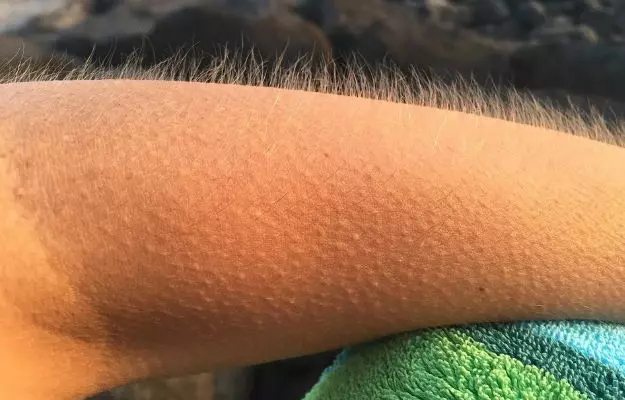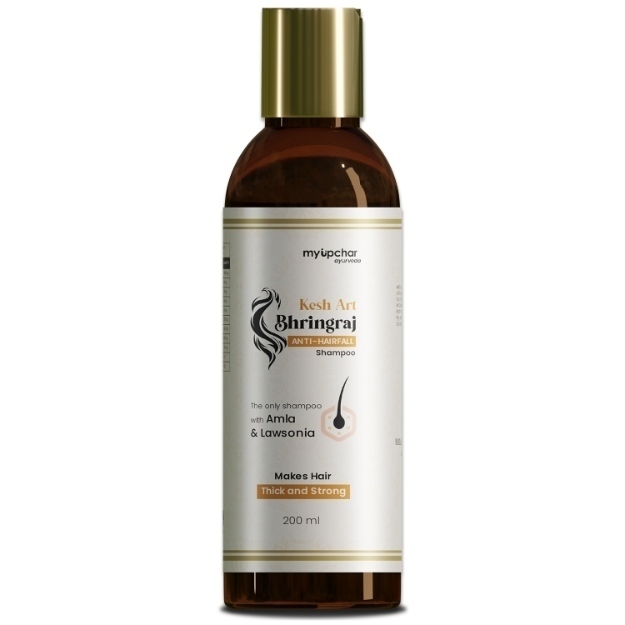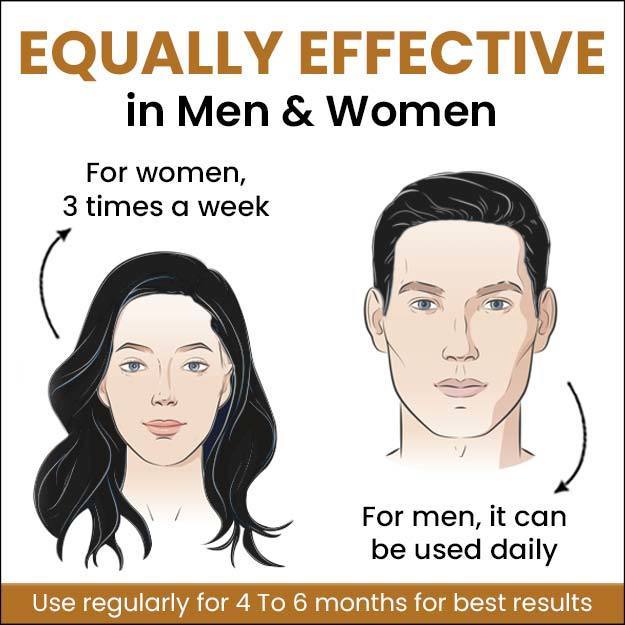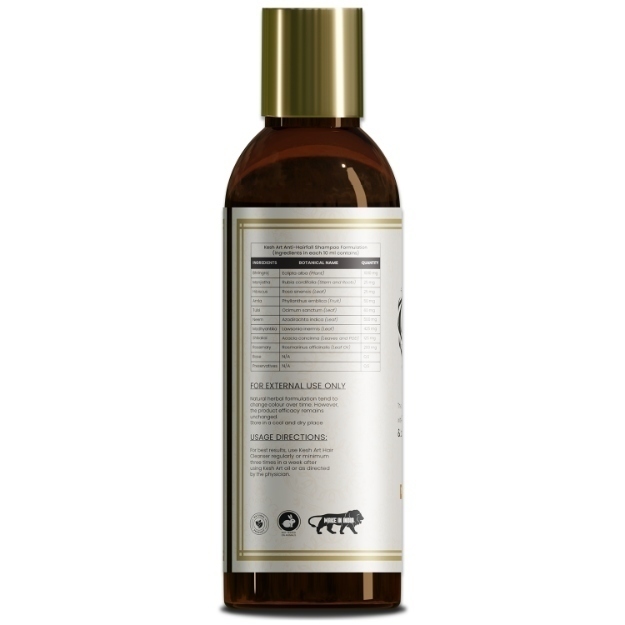Hair removal is a multi-billion dollar industry. Now, a team of researchers at Harvard University has uncovered a piece of the puzzle of why hair keeps coming back whether you remove it with wax, thread, depilatory cream or laser. The answer, strangely, is hair-raising.
When we get goosebumps, the skin on our arms or legs gets pinched together. This action, according to the researchers, brings the sympathetic nerve cells under the skin in touch with hair follicles—long enough to activate the stem cells responsible for regenerating hair follicles and hair.
But that’s not the whole story.
New hair follicles, as they form, stimulate the formation of smooth muscle and this muscle attracts the sympathetic nerve cells to form connections with it.
Thus the cycle perpetuates itself.
The researchers, who were interested in how the stem cells of our body respond to the world around us (and not quite hair removal for aesthetic purposes), chose the stem cells of the skin for obvious reasons—since the skin is at the junction where the body meets the external world, researchers could get a closer look at how these stem cells react to external stimuli.
To get a really close look, the researchers used very high-resolution electron microscopy. “We could really see at an ultrastructure level how the nerve and the stem cell interact,” Ya-Chieh Hsu, one of the leaders of the study, told the media.
The researchers found that while goosebumps are the obvious and short-term result of exposure to the cold, prolonged exposure could signal to the body that it needs to grow more hair—in the time when humans were hunter-gatherers, body hair would have been an extra protective layer against the elements. The scientists also said that they wanted to continue looking at the effects of other environmental factors on the stem cells of the skin.
The new research, done on mice, has been published in Cell—a highly regarded peer-reviewed journal.


































